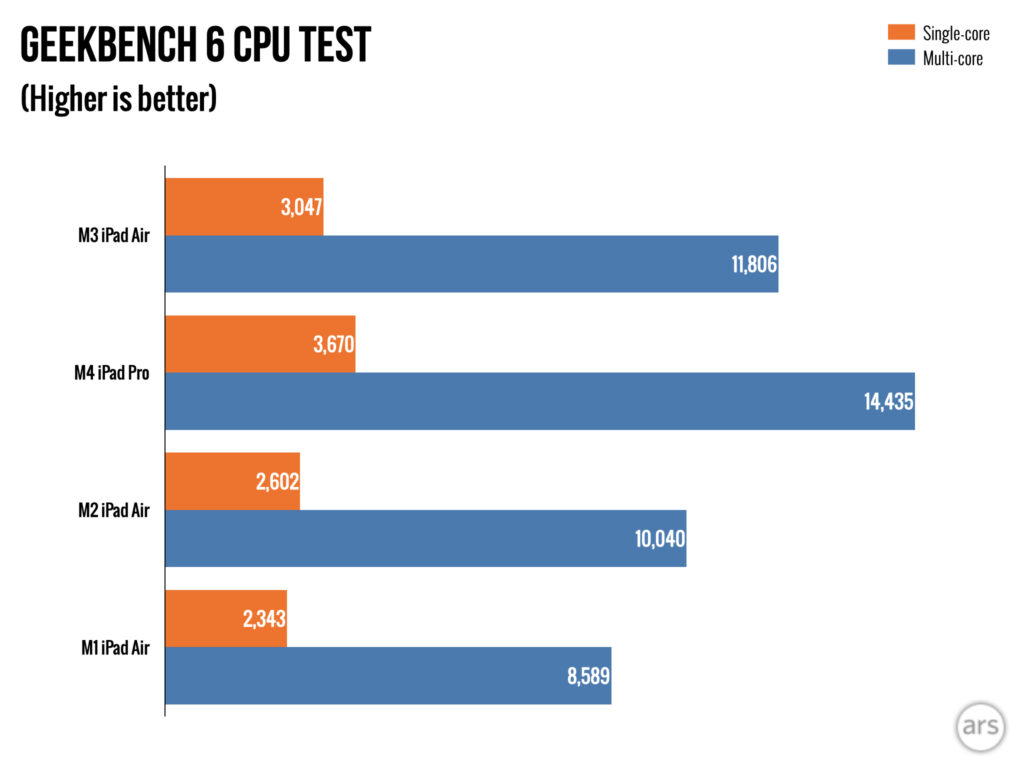A large asteroid named 2008 OS7, about the size of a football stadium, is on course to pass by Earth at a distance of 1,770,000 miles on Friday afternoon.
NASA has alerted that a ‘potentially hazardous asteroid’ roughly the size of a football stadium is currently headed for Earth. The space rock, known as 2008 OS7, measures approximately 890 feet in diameter, just slightly smaller than the famous arch of Wembley Stadium, which extends 1,033 feet. It will approach Earth at a distance of 1,770,000 miles at 14:41 GMT on Friday afternoon. However, NASA reassures that there is no risk of collision. “We don’t need to worry about it too much as this asteroid will not enter Earth’s atmosphere, while this will still approach close to the Earth,” said Dr Minjae Kim, Research Fellow at the Department of Physics, University of Warwick. A ‘potentially hazardous asteroid’ the size of a football stadium is hurtling towards Earth, Nasa has said (artist’s impression) READ MORE: Could a nuke save us from a killer asteroid? The model showed the bomb landing on the asteroid, going off and sending its powerful energy shooting through the cosmic object NASA defines potentially hazardous asteroids as those that are larger than about 460 feet (140 meters) in size with orbits that bring them as close as within 4.6 million miles (7.5 million kilometers) of Earth’s orbit around the Sun. Dr Kim explained: ‘2008 OS7, a very small asteroid whose orbit intersects with that of Earth, has been classified as a potentially hazardous asteroid (PHA).’ There are more than millions of asteroids in our solar system, of which approximately 2,350 asteroids have been classified as PHAs. The next significant approach to Earth by a PHA will be the 99942 Apophis on April 14, 2029. Asteroid 2008 OS7 completes an orbit around the sun every 962 days (2.63 Earth years). Dr Kim continued, “Unfortunately, asteroids are generally too faint to have been detected by the current techniques and surveys, so it’s very hard to see by our naked eyes.’ The only asteroids at all visible to the naked eye so far are Pallas and Vesta, having diameters of about 500 km.’ Four other asteroids will make near-Earth passes between now and Friday, ranging in size from that of a plane to a house. These will be: 2024 BR3 at 100 feet in size; 2024BR (63 feet); 2003 BM03 (120 feet); and 2024 BJ03 (73 feet). The space rock, called 2008 OS7, measures about 890 feet in diameter – just slightly smaller than Wembley Stadium’s famous arch, which stretches 1,033ft While the chance of this asteroid hitting Earth is extremely low, NASA hasn’t ruled out the risk of an asteroid collision in the near future. NASA discovers around 30 new ‘near-Earth objects’ (NEOs) every week, and at the start of 2019 had discovered a total of more than 19,000 objects. However, the space agency has warned its NEO catalogue isn’t complete, meaning an unpredicted impact could occur at ‘any time.’ NASA explained: ‘Experts estimate that an impact of an object the size of the one that exploded over Chelyabinsk, Russia, in 2013 – approximately 55 feet (17 meters) in size – takes place once or twice a century. Impacts of larger objects are expected to be far less frequent (on the scale of centuries to millennia).’ However, given the current incompleteness of the NEO catalogue, an unpredicted impact – such as the Chelyabinsk event – could occur at any time.’ Explained: The difference between an asteroid, meteorite and other space rocks
An asteroid is a large chunk of rock left over from collisions or the early solar system. Most are located between Mars and Jupiter in the Main Belt. A comet is a rock covered in ice, methane and other compounds. Their orbits take them much further out of the solar system. A meteor is what astronomers call a flash of light in the atmosphere when debris burns up. This debris itself is known as a meteoroid. Most are so small they are vapourised in the atmosphere. If any of this meteoroid makes it to Earth, it is called a meteorite. Meteors, meteoroids and meteorites normally originate from asteroids and comets.
For example, if Earth passes through the tail of a comet, much of the debris burns up in the atmosphere, forming a meteor shower.









:max_bytes(150000):strip_icc()/GettyImages-2204444398-f1bf4e7563f84555be68e68a5da02e68.jpg)



